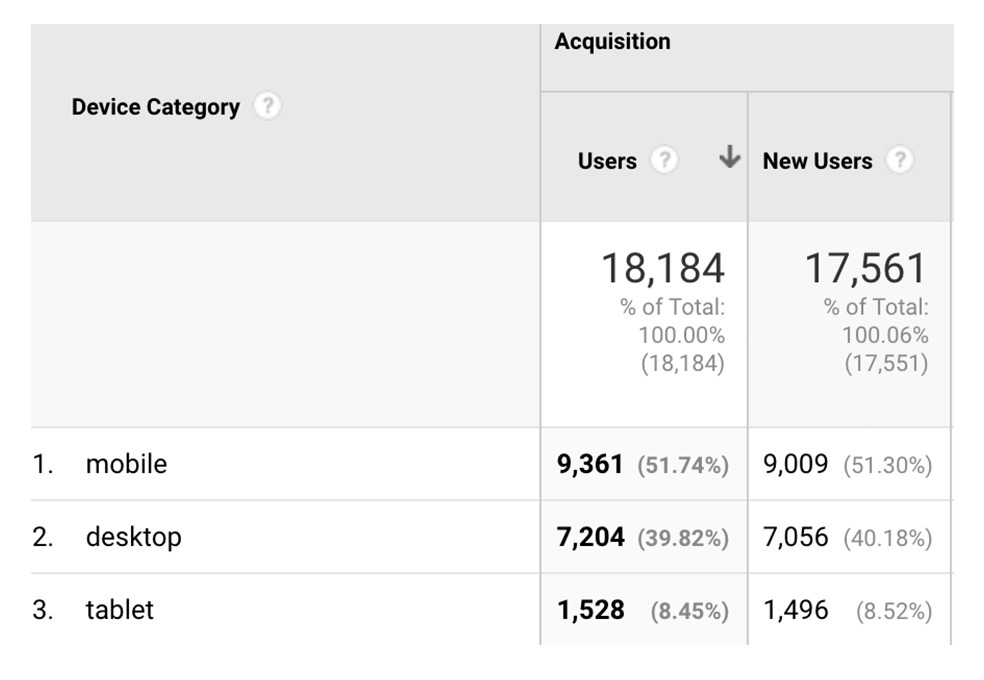 Back to News
Back to News
December 7, 2017
Your Website — Key to Customer Engagement
Too many small businesses don’t have a website or ignore one they started years ago — and they’re missing out.
For today’s consumer, it’s all about the experiences, and the ease and the usability of your website will be most important to creating that experience for them. This means you’ll need a clean and simple site, one that loads quickly for best mobile performance and one that supports your SEO search value. Note, too, that the number of mobile searches is increasing, and that means a mobile-responsive site is also a necessity.
Surveys from as recent as 2016 find that only 56 percent of all small businesses have a website, and of those that did, only 53 percent of those are mobile-responsive websites (overall, less than 30 percent of businesses surveyed had a mobile-responsive website). Technology and cost are no longer obstacles to website building, given the availability of so many options, so if you haven’t got a website put together yet, now is the time to get it done.
Think of your website as a customer-service tool and the first means of communication between you and your customers. It should offer an easy user experience and highlight your company’s unique offerings and departments through well-organized pages. Best practice recommends your address and phone number should be the first information viewed at the top of the page.
Your website also needs to be mobile-friendly. What does your site look like when it’s viewed on a mobile device? Look at your website on a phone or tablet to see what your customers are viewing. Does the site load quickly? Is the page readable without zooming in and out? Can the page’s menu be easily found and utilized?
Some businesses are using social media pages rather than having their own website. But Facebook and Instagram by themselves do not optimize your web presence. In addition, the policies of these sites regarding firearms and firearms businesses change frequently, which can compromise your marketing strategy. Resist the urge to be social-media-only. Rather, view your website as a lead generator and social media is a tributary to and from it. The goal is always to direct customers to your site.
If you have a very basic website already set up but haven’t paid it much attention, then it’s time to reinvigorate it and expand its functionality:
- Email address capture
- Sales and special event announcements through a regularly updated calendar.
- Video product promotions
- Social media feed integration
- Online retail services
- Online range reservations
Remember, with any added functionality, you’ll want to analyze how your customers react to your online presence: What are they searching for? What pages are they staying on and for how long? What purchases or reservations did they make? All this and more can be obtained through various metric tools, such as Google Analytics, that can generate a variety of reports for you.
About the Author
Carl Tracy has been a consultant for independent retailers nationally, with a focus on the firearms industry. As a content marketer, range and retail stores from large to small have seen value in new creative opportunities presented to them by Tracy.
You may also be interested in: Facts That Help You Sell: What’s Your Competition Doing?
Categories: BP Item, Featured, Ranges, Top Stories










